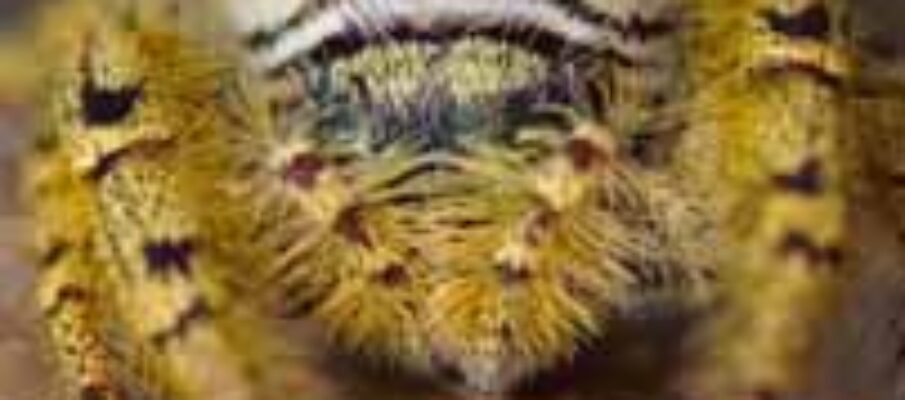Of all the creatures that fly, swim, or crawl across the face of the planet, perhaps none more commonly inspire feelings of unease, queasiness, and outright fear than spiders. Shrouded in far more fiction than fact, spiders are more mysterious to us than perhaps any other commonly identifiable creatures. Unfortunately, rather than look more closely at them in an effort to peer behind that veil of mystery, we too often simply accept the fictions that create and sustain our fears, fictions that are by these same fears created and sustained, and allow the fascinating world of spiders to remain unknown to us. Lynne Kelly found herself in just such a feedback loop of fear and fiction; however rather than allow it to continue, she did something remarkably brave: she set out to discover the truth about spiders, an intellectual as well as an emotional journey she has chronicled in her book Spiders: Learning to Love Them.
 Separated from humans at so fundamental a level that one has to climb the taxonomic tree all the way to the Kingdom level in order to find common ground, spiders are nevertheless ubiquitous upon the Earth. Found on every continent save Antarctica, the number of presently identified species that comprise the Order Aranaea in the Class Arachnida totals some fifty odd thousand; however arachnologists estimate that the actual number of species in this class is likely to be far higher – we just haven’t discovered and described the rest yet. Indeed, during the course of her investigations for the book, Kelly encountered a rather large huntsman spider being kept at the Melbourne Museum that at the time of her writing had yet to be taxonomically classified.
Separated from humans at so fundamental a level that one has to climb the taxonomic tree all the way to the Kingdom level in order to find common ground, spiders are nevertheless ubiquitous upon the Earth. Found on every continent save Antarctica, the number of presently identified species that comprise the Order Aranaea in the Class Arachnida totals some fifty odd thousand; however arachnologists estimate that the actual number of species in this class is likely to be far higher – we just haven’t discovered and described the rest yet. Indeed, during the course of her investigations for the book, Kelly encountered a rather large huntsman spider being kept at the Melbourne Museum that at the time of her writing had yet to be taxonomically classified.
Yet as Kelly explains, taxonomic classification is by no means the only challenge those studying spiders. Even though every one of us lives in close proximity to spiders just as our ancestors have done since the beginning of human history, astonishingly little is known about the behavior of even those that have been classified and named. Even those most readily-identifiable creations of spiders around the world, the webs that they produce to protect and sustain themselves and their off-spring, are a marvel of engineering that humans have yet to create anything to rival in terms of proportional flexibility and strength. As Kelly so well points out, when it comes to spiders, there is a wealth knowledge to be discovered (some of it not yet even known to science) right in our own respective backyards. (It should be noted that while Kelly’s own backyard is in Australia and most of the species she spider species she features are primarily Australian, the vast majority of the information she presents on spider biology, behavior, and human interactions with and feeling toward spiders are applicable globally.)
Part entomological monograph, part memoir in miniature, Spiders is wonderfully compelling without over-simplifying its subject. A science writer with an engineering and education background, Kelly is able to convey both the natural history of spiders as well as her own psychological reactions to them as they are encountered and observed in the course of her investigations. To be sure, such a blending of these divergent styles of writing could easily lead to disaster was the balance struck between the two to be tilted toward either side. Fortunately, Kelly has sufficient command of both her subject as well as her emotions to have made Spiders a book that is both valuable as an educational work for naturalists as well as a story of one person’s decision to face and overcome their fears by the application of knowledge.
 Title: Spiders: Learning to Love Them
Title: Spiders: Learning to Love Them
Author: Lynne Kelly
Publisher: Allen & Unwin / Jacana
Date of Publication: February 2009
ISBN: 9781741751796
Format: paperback; 264 pages
In accordance with Federal Trade Commission 16 CFR Part 255, it is disclosed that the copy of the book read in order to produce this review was purchased by the reviewer.

